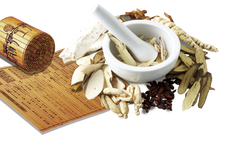
Medicinal cuisine refers to dishes prepared under the guidance of Traditional Chinese Medicine (TCM) theories, combining culinary arts, nutrition, and individual health conditions. It incorporates medicinal herbs or food ingredients with dual medicinal and dietary functions, processed and cooked with other ingredients to create delicious foods that possess certain therapeutic and health benefits. Through various combinations of medicinal and food ingredients, medicinal cuisine can help prevent and treat diseases, promote health, enhance beauty, improve cognitive function, and prolong life, aiding in the restoration and regulation of bodily functions.
Who can consume medicinal cuisine?
Medicinal cuisine has specific medicinal properties, which can be categorized as cold, hot, warm, cool, neutral, sour, bitter, sweet, spicy, salty, ascending, descending, floating, sinking, and toxic or non-toxic. Therefore, the selection of medicinal cuisine is suitable for certain groups of people. Generally, individuals with chronic illnesses, weak constitutions, those prone to colds, and fatigue can choose appropriate medicinal dishes to enhance their physical strength and improve bodily functions, regardless of age or gender.
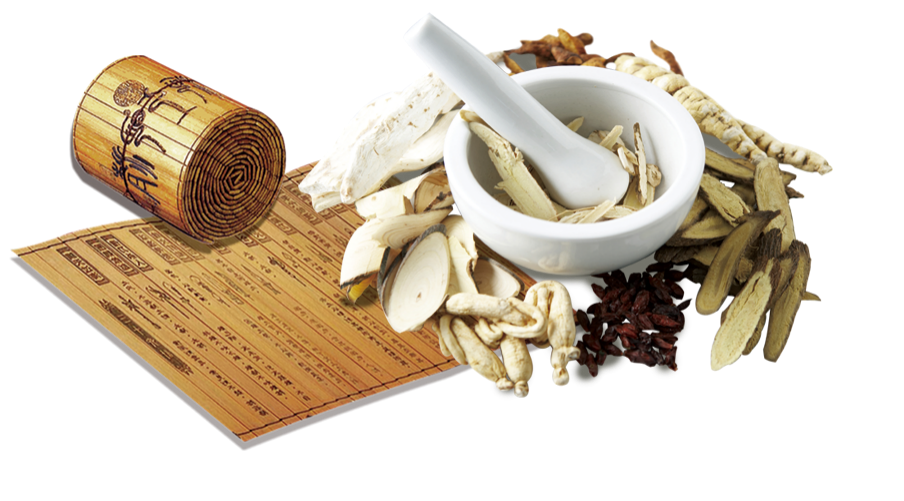
What are the common classifications of medicinal cuisine?
Medicinal cuisine comes in various types and can be classified in several ways, generally according to the following aspects:
🔸 By texture: porridge, pastries, soups, dishes, rice and flour products, beverages, canned foods, candies, and preserved fruits.
🔸By preparation method: steaming, boiling, simmering, braising, stewing, roasting, frying, and deep-frying.
🔸 By therapeutic function:
Health-enhancing dishes: Common health-enhancing medicinal dishes include Cordyceps duck, mulberry syrup, Eight Treasures cake, ginseng old duck soup, Shiquan Dabu soup, spleen-strengthening and diarrhea-stopping porridge, cardamom hawthorn buns, Poria and Job’s tears buns, hawthorn soup, radish porridge, longan and lotus seed soup, lily and egg yolk soup, sour jujube seed porridge, and Bai Zi Ren stewed pig heart, etc. These dishes are effective for health enhancement and strengthening the body, suitable for both weak and healthy individuals.
Disease treatment dishes: This type of medicinal cuisine is tailored to the specific conditions of patients, using appropriate dishes for treatment, especially suitable for chronic disease patients. These dishes not only satisfy hunger but also assist in treating various diseases, such as diabetes, hypertension, edema, stone diseases, diarrhea, dysentery, coronary heart disease, sleep disorders, gynecological diseases, and chronic bronchitis.
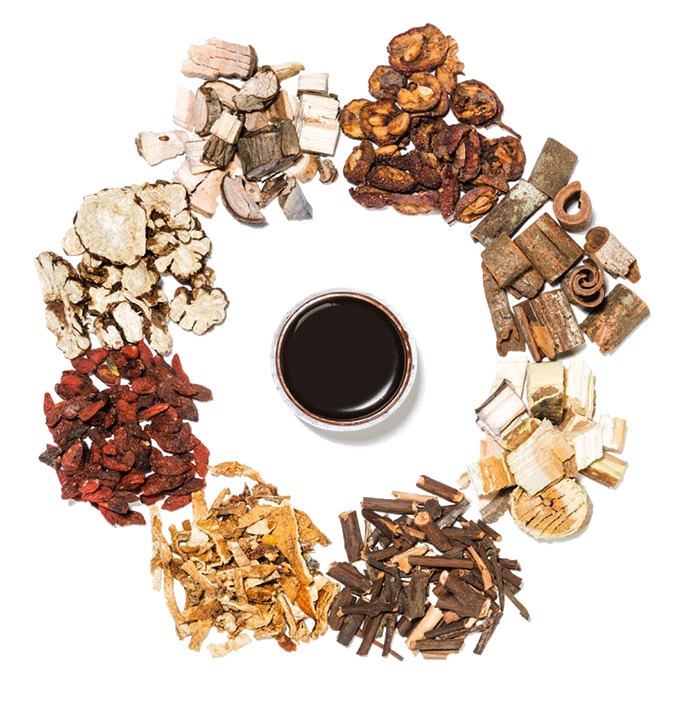
Common medicinal dishes for disease treatment can be further categorized by their effects:
🔸 Exterior-releasing dishes: These are medicinal dishes made with pungent dispersing herbs and food. They induce sweating and release the exterior to alleviate exterior syndromes. They are suitable for the early stages of colds and external diseases, such as ginger syrup drink, Yinqiao Huoxiang drink, and Wushen soup.
🔸 Laxative dishes: These are medicinal dishes made with laxative or moistening herbs and food, which promote bowel movements, eliminate stagnation, and invigorate blood circulation. They are suitable for constipation, food stagnation, water retention, and blood stasis, such as honey radish soup, Yuli Ren and Bai Zi Ren porridge, and red bean and Job’s tears porridge.
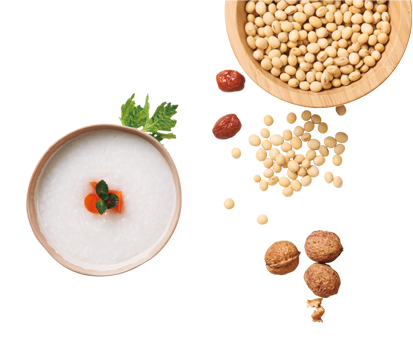
🔸 Heat-clearing dishes: These are medicinal dishes made with cooling herbs and food, which clear heat, detoxify, and generate fluids to quench thirst. They are suitable for heat-related diseases, such as honeysuckle dew, Seven Fresh soup, Four Raw drink, and watermelon drink.
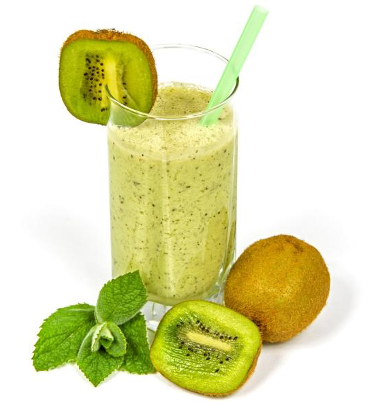
🔸 Cough-relieving and phlegm-resolving dishes: These are medicinal dishes made with herbs that relieve cough and asthma or resolve phlegm, which stop cough and resolve phlegm, suitable for phlegm-heat cough conditions, such as snow pear and Fritillaria soup, tremella soup, almond and pig lung soup, and tangerine peel and bamboo shavings old duck soup.
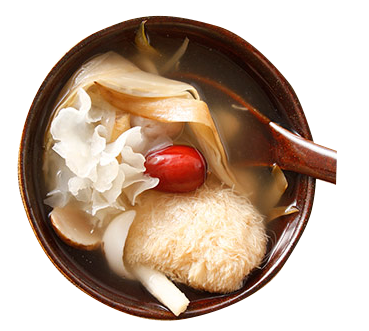
🔸 Yang-warming and cold-dispersing dishes: These are medicinal dishes made with warming or hot herbs and food, which warm and tonify Yang energy, dispel cold, and are suitable for various Yang deficiency cold syndromes, such as Angelica and Aconite lamb soup, ginseng and dried ginger old hen soup, etc.
🔸 Damp-dispelling dishes: These are medicinal dishes made with herbs that promote diuresis and dispel dampness, suitable for water retention and dampness obstructing the spleen syndromes, such as Poria buns, winter melon and red bean soup, and cardamom soup.
In summary, the preparation and consumption of medicinal cuisine should be tailored to the individual differences of different populations, organically combining herbs, food, and the differences among people to achieve the goal of regulating bodily functions.
Want to know which medicinal dishes are suitable for you?
Experts will tell you

Expert
Introduction

Ma Zansong, Deputy Director of the TCM Department at Shanghai Fifth People’s Hospital affiliated with Fudan University, Associate Chief Physician, Doctor of TCM.
Specializes in TCM treatment of digestive system diseases, cardiovascular and cerebrovascular diseases, male diseases (chronic prostatitis, sexual dysfunction, etc.), gynecological diseases (menstrual disorders, breast hyperplasia, menopausal syndrome, etc.), skin diseases (eczema, urticaria, acne, herpes zoster, etc.), sleep disorders, sub-health conditioning, and difficult and miscellaneous diseases.
Outpatient hours
Tuesday morning
Thursday afternoon
Friday morning
Outpatient location
128 Ruili Road
(During the pandemic, please enter the hospital through the Heqing Road flow adjustment passage)
Appointment methods
Hospital WeChat service account
Minhang Jieyi APP
Phone 64308151


